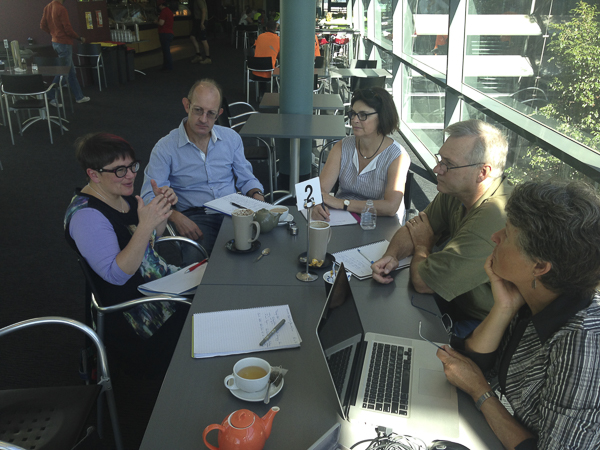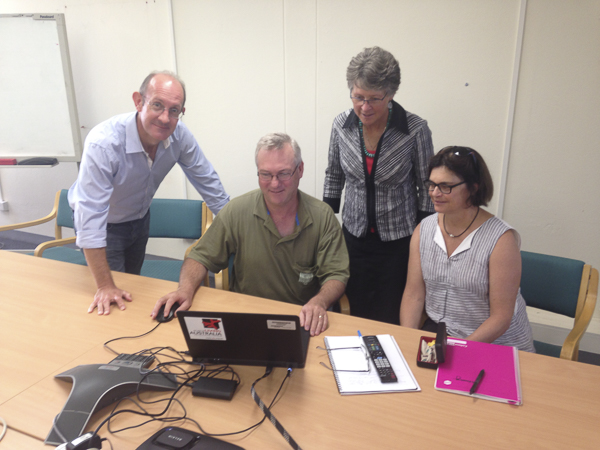
We are tackling the big (and slightly scary) question of what makes for good data management to demonstrate trends, priorities and outcomes (across a thousand kilometres or two). Cooperation with our Great Eastern Ranges Initiative (GERI) colleagues continued after our recent Board meeting. We travelled to Canberra with GERI’s Gary Howling to meet with Veronica Doerr, from CSIRO’s Ecosystems and Biodiversity section, and Peter Brenton from the Atlas of Living Australia. Veronica and colleagues have worked closely with GERI and other scientists on the underpinning science that validates and guides their work, and we see considerable opportunities to join with them in our ongoing development of ecological principles and targets across both the Link and GERI. But efficient and scientifically sound data collection and management is essential, so we were delighted when Peter showed us through the Atlas’s new ‘BioCollect’ web portal and tools. Not only does this seem technically superb, but we remain very impressed by the Atlas’s commitment to transparency and public good sharing. All their software is now open source and designed to ensure all data with ALA is shared publicly. We were particularly delighted to note that a number of the ‘early adopters’ already using BioCollect are in the Gondwana Link area – our colleagues from Denmark Environment Centre’s Weed program, Cape to Cape Catchment’s BioBlitz program, and Conservation Council of WA’s numerous Citizen Science programs.
We thank Veronica and Peter for their incredibly generous sharing of time, expertise, insights and software.




 Supportive people and groups
Supportive people and groups